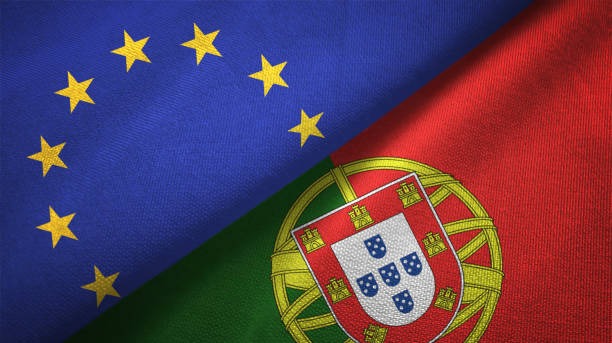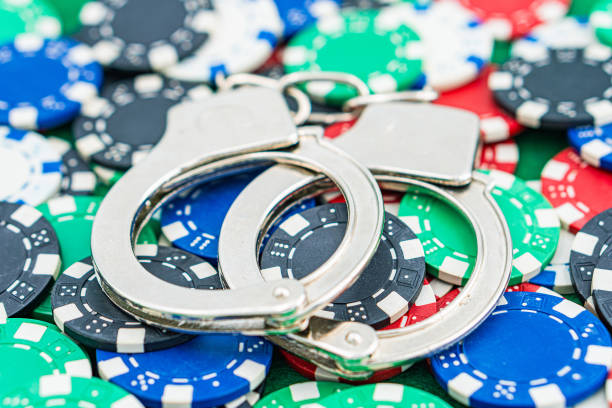With more people seeking stronger global mobility and access to European opportunities, Lithuanian citizenship has become increasingly attractive — especially for those with Baltic roots. If your family once lived in Lithuania, the process of restoring citizenship can be a meaningful way to reconnect with your ancestry while gaining the advantages of EU membership.
One of the key routes many applicants explore is lithuania dual citizenship, which allows eligible individuals to restore their Lithuanian nationality without giving up their current citizenship. This pathway has become especially popular among descendants of Lithuanian emigrants seeking to maintain ties with both their heritage and their modern home country.
Holding Lithuanian citizenship means more than formal recognition — it opens access to all rights of an EU citizen, including:
Freedom to live, work, or study in any EU country
Visa-free travel to numerous destinations worldwide
The ability to run a business anywhere in the European Single Market
Access to European healthcare and social systems
For many, it represents not only a practical step forward but a symbolic restoration of family identity.
Eligibility depends on your family history. You may qualify if:
Your parents, grandparents, or great-grandparents were Lithuanian citizens before 1990
They left Lithuania due to war, occupation, or emigration
You can provide documents confirming lineage, such as birth certificates, immigration papers, or archival records
Lithuanian law allows many descendants to apply for restored citizenship — often without renouncing their current nationality.
Verify Your EligibilityReview your family’s history and determine whether your ancestors held Lithuanian citizenship. A legal review can help clarify complex cases.
Collect Historical DocumentationArchival research may be required to locate official records, especially if your family emigrated decades ago. Professional assistance is often helpful for navigating Lithuanian archives.
Prepare and Submit Your ApplicationAll documents must be correctly translated, notarized, and submitted to Lithuanian authorities. Accuracy is crucial to avoid delays.
Await the Official DecisionProcessing times vary. Authorities may request additional supporting evidence if needed.
Receive Your Citizenship and PassportOnce approved, you will officially regain your citizenship and can apply for a Lithuanian passport — gaining full access to EU rights.
For detailed guidance on eligibility and the restoration process, you can explore lithuania dual citizenship, where you’ll find comprehensive information about dual citizenship options and requirements.
To discover more about Lithuanian citizenship services, legal assistance, and step-by-step support, visit the main website at https://www.lithuaniancitizenship.com/.
Advantages:
EU freedom of movement
Retention of your current citizenship
Reconnection with Lithuanian heritage
Access to international careers and education
Potential Challenges:
Finding historical documents
Navigating legal requirements
Translation and authentication needs
Restoring Lithuanian citizenship through ancestry is not only a legal process but a personal journey. With the right guidance and a clear understanding of the steps involved, obtaining Lithuanian citizenship — including the possibility of dual citizenship — becomes an achievable and rewarding goal.




Want to add a comment?